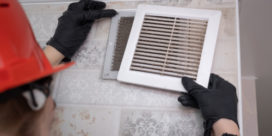How schools can improve infrastructure and air quality as masks come off
As the CDC shifts its recommendations and schoolchildren are no longer required to wear masks in many parts of the country, questions remain about how aging school infrastructure…


